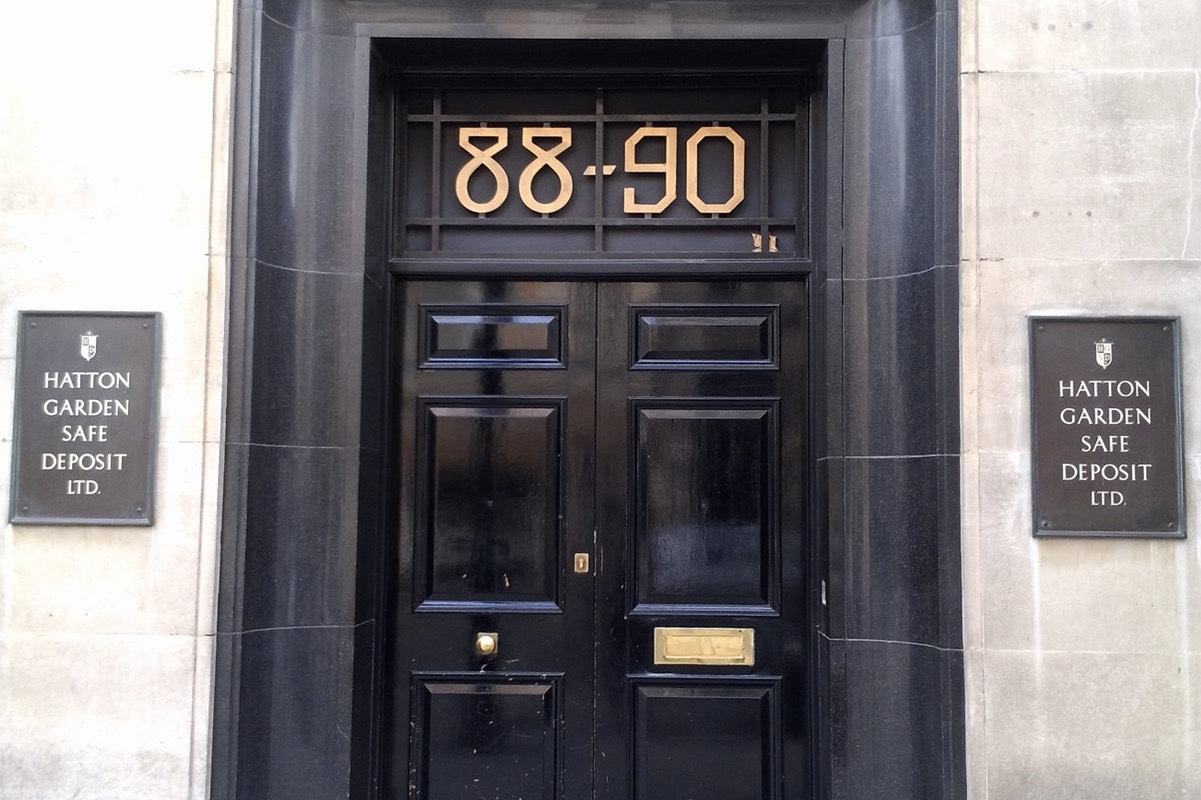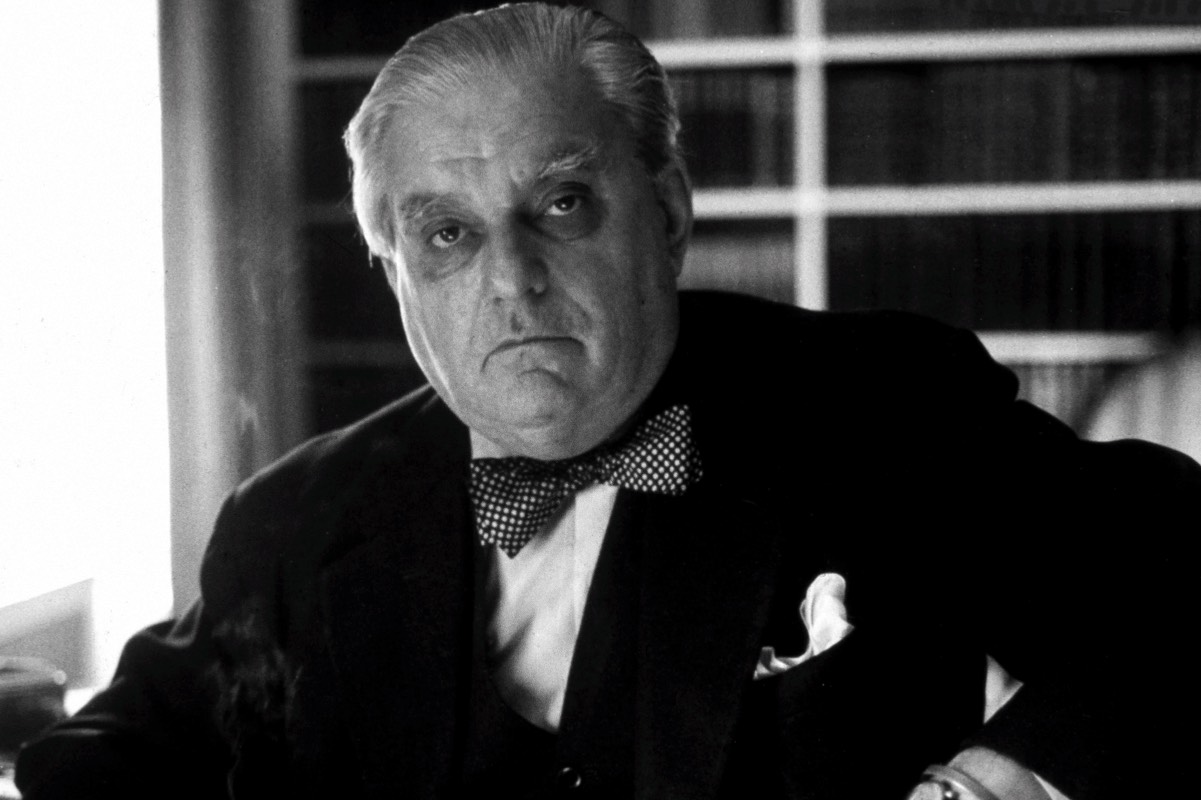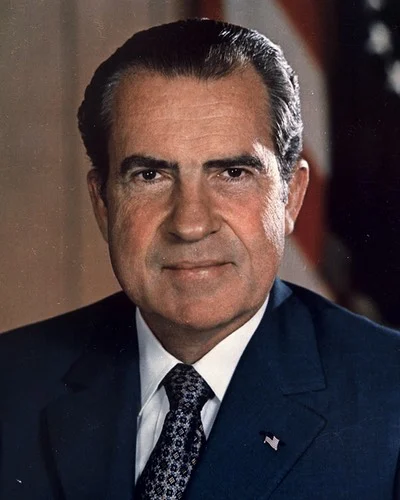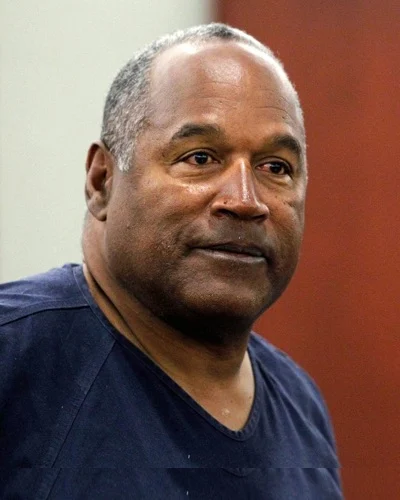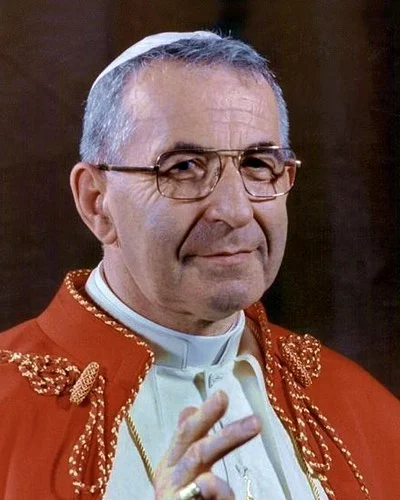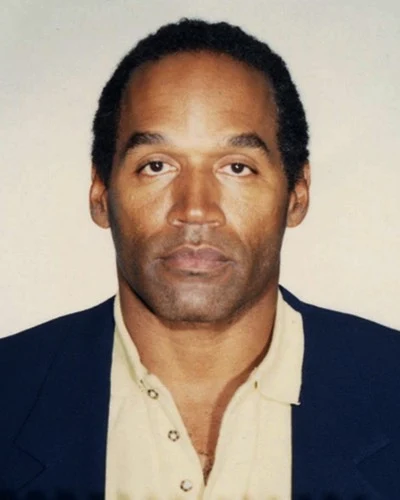With the robbers broadcasting their crime live over the airwaves, it's a mystery why the police never caught the Baker Street gang red-handed.
The safety deposit raid in 1971 is one of the most baffling in British criminal history, and rumours that its true purpose has been covered up by the British establishment persist to this day.
The problem is they should never have gotten away with a penny. In the early hours of Saturday 11th September 1971, as the robbers were tunneling into the safety deposit vault at Lloyds Bank on Baker Street, a nearby amateur radio ham was listening to their every word.
The gang were using walkie-talkies to communicate, and radio hobbyist Robert Rowlands had accidently tuned into their transmissions. Rowlands notified the police, who were slow to believe his claim that he had happened upon a genuine robbery in progress. Eventually persuaded, they set out on a frantic search of hundreds of London's banks in an attempt to thwart the raid.
They didn't succeed. Rowlands had informed the police that the range of the transmissions meant the robbers must be nearby - within about a mile of his Wimple Street flat. For reasons never adequately explained, they decided to spread the net out to a 10-mile radius instead, vastly expanding the number of banks they would have to search. With limited resources and the need to ask the permission of each bank to search it, they failed to stop the gang in time.
The raid at Baker Street branch of Lloyds bank was then Britain's biggest and most ambitious, the thieves crowbarring open 260 boxes and making away with an estimated £30m in today's money. It caused a seismic shockwave across the banking industry and panic amongst the rich and powerful clientele who had their most private, and possibly even illegal, valuables stored in the vaults.
From the beginning, it was clear this was no ordinary heist. It was far more complex, elaborate and well planned than anything that had ever been seen in the country before. The gang had leased a leather goods shop two doors down from the bank and spent three months studiously digging a tunnel from the basement of the shop, beneath the neighbouring Chicken Inn and into the vault.
The robbery required a hitherto unseen level of patience and expertise from the thieves, utilizing then hard to obtain radio communications equipment, explosives, expensive digging machinery and even a thermal lance. It was a professional and carefully planned operation, but one that raised some nagging questions that have never been satisfactorily answered.
Because these robbers weren't the criminal mastermind their unbelievable heist made them appear. They were small time crooks, petty thieves and con men who had never done anything even remotely on the scale of the Baker Street job before. How had the gang managed to graduate to such big league criminality with such apparent ease?
Even the culprits knew what they had pulled off was impressive, writing 'Let's see how Sherlock Holmes solves this one' on the wall, a reference to the Conan-Doyle story The Red-headed League which involves the detective foiling a similar bank robbery.
The Metropolitan Police didn't need the world's greatest detective in the end, and at least some of the culprits were eventually caught. One of the gang - Desmond Wolfe, had made the elementary mistake of hiring the leather goods shop that served as their base under his own name.
Police eventually tracked down the other gang members from their associations with Wolfe. Anthony Gavin, Thomas Stephens and Reginald Tucker were subsequently arrested, convicted and sentenced to 12 years in jail for their roles in the Baker Street robbery.
Unlike many other high-profile criminals, such as the men behind the Great Train Robbery, the gang have remained resolutely discrete over the years. Despite masterminding the most audacious crime in British criminal history, none of the men have ever talked. No big pay-days from the tabloids to tell their story, no lucrative book deals. Quietly released a few years later, they all disappeared into obscurity.
But it seemed none of the men were ever short of money. Nothing taken from the robbery - money, jewels or anything else, was ever recovered. Had the gang somehow managed to retrieve their booty after their release, right under the noses of the police? Or had they been bought off by somebody?
It was questions like his that began a series of rumours, some probably myths, others legitimate and troubling questions that remain unanswered. Was there more to this daring crime than met the eye? Did the British government even slap a gagging notice on the press to prevent them reporting the real truth behind the robbery?
Police always suspected that not only were there others involved but that there must have been a mastermind behind such a daring raid. Such was its expense and complexity it seems unlikely to have been hatched by such small time operators without the help from somebody. The question is who?
Speculation about who was really behind the raid has lead to some sensational theories. What if the real target of the robbers was not loot but something even more valuable?
After the raid, many of the clientele did not come forward to report what they had lost; safety deposit boxes were designed to be discrete and were often used to store sensitive items and documents that their owners would often rather not even admit existed. Was the target something so sensitive it could be used to blackmail one of the powerful clients?
The most famous version of this theory was turned into an entertaining film in 2008 called The Bank Job. Based loosely on the Baker Street robbery, it alleges that British intelligence had hired the gang to raid the safety deposit boxes at the bank to retrieve pornographic photographs of a prominent member of royalty. Although not named, rumors have circulated for decades that this royal was the Queen's sister Princess Margaret.
Margaret had already skirted dangerously close to scandal in the 60s and 70s. She was notorious for her louche lifestyle and association with several disreputable and criminal figures. It is highly probable MI5, the UK's internal intelligence service, was at least keeping tabs on Margaret. Was the robbery an operation to prevent a highly damaging Royal scandal becoming public?
The Bank Job claims to be more than just speculation. Writers Dick Clement and Ian le Frenais say they based their script on inside information from a journalist who was involved with the story back in 1971. In the film an underworld figure named Michael X is storing sexual photographs of Margaret taken on her holiday home in Mustique in the Baker Street vault with the intention of using them to blackmail the British establishment into turning a blind eye to his criminal activities.
Did this explain how well funded the operation was? The way the police seemed to be reluctant to catch the gang? And the supposed D-notice placed on the press preventing them from reporting what really happened?
Evidence For
Scandal!
Despite her immense privileges, Princess Margaret was a tragic figure. The Queen's younger sister would never become monarch herself and failed to carve any kind of meaningful role for herself in the Royal hierarchy.
Bereft of a sense of purpose, the young Princess would increasingly lose herself in a life of hedonism and become notorious for her drinking, partying and a succession of lovers. At her hideaway on the Carribean island of Mustique, Margaret would entertain a string of young men, society figures and even those from the criminal fraternity like infamous cockney gangster John Bindon.
Tales of Margaret's exploits on Mustique are legendary. On one occasion she photographed several of her male friends naked on the beach. Another time Bindon performed his famous party trick involving hanging 5 half pint glasses from his penis, much to Margaret's delight. Some biographers now believe Margaret even had an affair with Bindon, something he would occasionally brag about himself.
Whatever the case, she had already compromised herself; a photograph of Margaret with the then wanted criminal Bindon was widely circulated in Fleet Street, although not actually printed by the press until many years later. Such a photograph would have been a scandal in itself, but did even more salacious pictures exist?
Considering what we already know about Princess Margaret, it's certainly plausible photographs extreme enough to be used for blackmail or cause a major public scandal may have existed. In The Bank Job, exactly such photographs are in the possession of an underworld figure named Michael X.
Real name Michael De Freteis, Michael X was a London gangster, drug dealer and slum landlord in the 1960s and 70s. X became a minor celebrity in the late 60s by setting up a London branch of the Black Power movement and was briefly feted in the press by such figures as John Lennon and Yoko Ono.
According to The Bank Job, Michael X kept compromising photographs of Margaret taken on Mustique in his safety deposit box at the Baker Street bank. He planned to use them as blackmail material to prevent prosecution for his criminal activities. Fearful of a major national scandal if they are made public, MI5 orders the raid to retrieve them.
Shortly after the robbery in 1971, Michael X was allowed to leave England for his native Trinidad, despite the fact he was due in court on charges of extortion. A few months later, the commune he started there burnt down in mysterious circumstances.
The story had fatal consequences for Michael X. When police found the hacked bodies of two of its members buried in shallow graves on the property, he was charged with their murders and hung for the crime in 1975.
Although little or no hard evidence exists in the public domain for the scenario depicted in the Bank Job, the writers of the film - Dick Clement and Ian Le Frenais, say they had a deep throat style informant who was involved in the original investigation to confirm the events depicted in the film.
That informant was actually Evening Standard journalist George McIndoe, who claimed to have learnt about the salacious photographs after getting to know two members of the Baker Street gang in the 1970s. With none of the men themselves talking and Michael X dead, it's clearly hard to verify what McIndoe told the writers.
One curious piece of circumstantial evidence does exist, however. Micheal X's MI5 file is locked up until 2054, 83 years after the robbery and 79 years after his death. The secrecy over the file of an obscure London gangster seems unwarranted. Could it be there is something so explosive in those files that they might still be embarrassing decades after everyone involved is dead?
In later years, a far more sinister variation on the Royal scandal theory has emerged. Brian Reader, a gang member not captured by police in 1971, says the men found sickening images of child sex abuse involving prominent politicians in the safety deposit boxes.
The now elderly Reader made the claims at his trial for involvement in another famous robbery, the 2015 heist of the safety deposit boxes at London's Hatton Garden. He says the gang at Baker Street were so disgusted by the pictures they left them scattered out on the floor of the vault for the police to find.
If this is true, the resulting scandal would far eclipse even salacious pictures of a prominent royal. Allegations that there is a systematic cover-up of a child-sex ring at that highest level of British politics persists even today. If evidence for such a ring had been found scattered on the floor of a bank vault back in 1971, it would certainly have been concealed by the authorities.
The role of British intelligence in such a scenario could take two forms. The first is that the raid was a stunt orchestrated by them to provide blackmail opportunities against high-ranking politicians. More likely is that on discovering the material in the aftermath of the robbery, MI5 swooped in to aid the cover-up and ensure a scandal did not break that would potentially bring down the British government itself.
A Blind Eye
On the morning of Saturday 11th September 1971, the Metropolitan Police knew two solid facts about the bank robbery currently in progress somewhere in London. Firstly the culprits were attempting to tunnel their way inside a safety deposit vault, and secondly that that vault was located within a mile of the flat of CB radio ham Robert Rowlands.
If the police had used this information, they would almost certainly have caught the men before they even made it into the bank. Instead, they sent their men on a wild goose chase of more than 170 banks across ten miles of north-west London, massively decreasing the odds that they would find the correct location in time.
Despite this, sometime on Sunday morning, police did search the Baker Street branch of Lloyds Bank. With the gang just a few feet away behind the 15-inch thick door of the vault, the bank was dismissed as the location of the robbery because there were no signs of a break-in.
Whether this was an honest mistake, incompetence or a deliberate blind eye been turned is now impossible to say. But with the police knowing from the transmissions on Rowlands radio that the gang were trying to dig their way directly into the vault rather than go in through the front it is staggering that this search was deemed sufficient to dismiss the bank as the possible location of the robbery.
D-Notice
One of the most persistent rumours about the Lloyds Bank robbery is that a D-notice was placed on the press to prevent them fully reporting the details of the crime.
A D-notice is a request from the government to the press not to report on a specific event that is deemed a risk to national security. Whilst technically voluntary, the UK press would rarely break a D-notice, and several are still used and in effect today.
It is not contested that a such a request was made to the press regarding their reporting of the Baker Street robbery. The robbery was known about for almost two days before news of it was broken on the morning of Monday 13th September. During this period, it is thought a D-notice was in effect to prevent any reporting possibly tipping the criminals off.
The heist was then widely reported for a while, the BBC and most of the national press reported on the crime. After that, news of the raid virtually vanished from the UK media. Radio ham Robert Rowlands, whose recordings of the robbery first alerted police, says his tapes and radio equipment were then seized and a D-notice placed on further reporting.
Unlike similar heists, which have remained in the headlines for months and years afterwards, very little was reported about the robbery again until the publicity generated by the release of the Bank Job in 2008. One small story did appear in The Times in 1973 reporting on the conviction of the three men involved in the raid, but this looks like a curiously scant return for such a sensational crime.
In recent years, the tabloid Daily Mirror has revealed that they and other major newspapers of the time were approached by senior government officials and asked to drop the story. It is hard to understand why they would do this if there wasn't some element of national security involved. No other major bank robbery in British history has faced the reporting restrictions that seem to be evident here.
Was this to cover-up the robbery's true intent, or to cover-up what the thieves say they found in the safety deposit boxes and left out for the police to find?
Evidence Against
A Schoolboy Error
MI5 is renowned in the intelligence world for its skill, efficiency, and cunning. When someone working on an MI5 covert operation leases out a shop as a front for their illegal activities, they generally don't do it in their own name, allowing for their swift capture by the police.
Yet that's exactly what gang member Desmond Wolfe did. With a tunnel leading straight from the bank vault to the basement of the Le Sac leather goods shop he had leased, he was essentially caught red-handed. Wolfe was quickly apprehended and the other gang members, all known associates of Wolfe, soon followed.
It seems unthinkable that MI5 would be behind such a plan unless the gang agreed to deliberately take the fall for them. No serious intelligence operation would make such a basic mistake otherwise.
There's no doubt that the Baker Street heist was brilliantly executed in some respects, but in others ways, it was sloppy and amateurish. Allowing every detail of their plan to be broadcasted over the airwaves seems another mistake uncharacteristic of a professional state intelligence operation.
By 1971, CB Radio was already massive in America and beginning to take off in the UK, despite still been technically outlawed. The robbers were talking to each other on open channels, potentially allowing any of thousands of people in the area to hear their chatter.
If MI5 were involved in planning the robbery, then they made some inexplicable errors which led to the certain capture of their thieves. The possibility that them getting caught and going to prison was part of the deal can't be overlooked, but it's a hefty price to pay however much the men were paid.
A Conspiracy of Silence
The conspiracy theory that British intelligence was involved in the robbery to cover up a royal scandal is not outlandish, but it also revolves around their ability to suppress subsequent reporting using the D-notice system. If they have such a powerful mechanism to cover up their activities, it begs the question as to why the robbery was even needed.
Journalists in the 1970s already knew what kind of subjects were out of bounds. Princess Margaret's antics in Mustique were well-worn gossip in Fleet Street, as were the sexual proclivities of many other politicians and high profile society figures. But like the often very public behaviour of paedophiles such as Lord Boothby and MP Tom Driberg, anything that could damage the establishment was already not reported by mutual agreement.
Even today, paedophile scandals are rumbling on at the BBC and Westminister. Revelations continue that many high-profile establishment figures were routinely protected, a conspiracy of silence preventing them from been exposed.
Elaborate bank robberies seem superfluous in the circumstances.
Was the 1971 Lloyds Bank safety deposit robbery a covert operation to retrieve compromising photos of Royalty? - add your comment below







